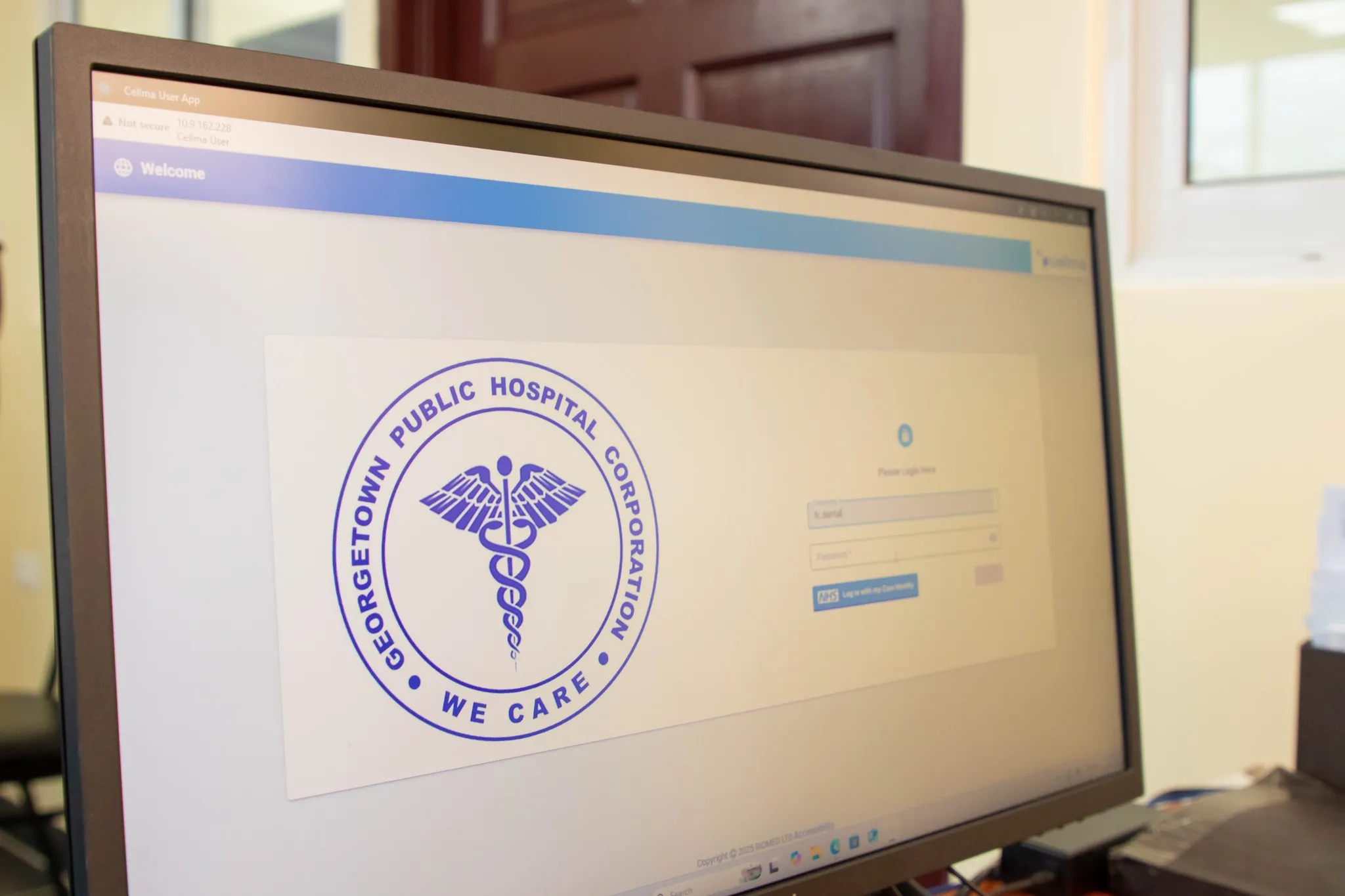By News desk
Copyright pakobserver

Here’s a frank assessment of Pakistani women’s empowerment: what’s progressing, what remains painful, and where we can accelerate.
In Pakistan, women’s lives are situated at the nexus of advancement and resistance. A significant framework of protections has been established over the last ten years, including new measures on child marriage and women’s property rights, a more robust law against workplace harassment, harsher punishments for alleged “honour” crimes, and provincial domestic violence laws. These gains are, however, inequitable, contentious, and all too frequently not upheld. As a result, a woman’s safety and opportunities are uneven and contingent on where she lives, works, or asks for assistance.
The safest place to start is at home. Although domestic violence is still widespread, every province now has a legal avenue for protection: laws pertaining to protection orders, shelters, and services have been passed in Sindh (2013), Balochistan (2014), Punjab (2016), and Khyber Pakhtunkhwa (2021). To bring police, prosecution, healthcare, and counselling under one roof, Punjab even piloted an integrated Violence Against Women Centre in Multan. Laws are important because they establish responsibilities and choices. However, implementation is slow, and survivors continue to face delays, social pressure, and uneven enforcement.
In order to close the infamous forgiveness loophole, Pakistan tightened the law on “honour” killings in 2016. In a system where impunity was once common, such murders are now considered “fasad-fil-arz,” carrying severe penalties that cannot be waived through family pardons.
Child marriage demonstrates both development and agonising disintegration. In May 2025, the Islamabad Capital Territory (ICT) raised the age to 18 and imposed harsher penalties, following Sindh’s 2013 ban on marriages between girls and boys under the age of 18. Parliament’s recent ICT reform should be a floor, not a ceiling.
On paper, workplace safety has increased. In 2022, the 2010 Protection against Harassment of Women at the Workplace Act was reinforced, expanding the definition of harassment and adding more relationships and work environments to its scope. In industries where bosses control careers, the Ombudsman system provides victims with a route outside of conventional hierarchies. In a corporate work environment, awareness and policies have become more women-friendly on paper but implementation on the same continues to be considered either inconvenient or dangerous, often putting the reputation of the complainant at a risk. A lot of cases continue to go unresolved; the law must be accompanied by compliance training and cultural change. Practice has to catch up with paper.
The response to rape has also been redesigned. To lessen survivor retraumatisation and boost conviction rates, the Anti-Rape Act of 2021 established special courts, anti-rape crisis cells, and evidence-collection procedures. Stricter punishments and swift justice for the victims would help deter potential perpetrators. Regular patrolling of vulnerable areas and sensitization regarding women rights and concerns would go a long way in tackling with this sickening malaise; it is the mindset and mental health of the general populace (including both men and women) that has to change. Concrete reforms have been made to property and inheritance, which are frequently the foundation of women’s economic power. Punjab passed its own version of the Enforcement of Women’s Property Rights Act in 2021, allowing ombudspersons to regain possession and discourage coercion in property disputes. The Act is applicable in the Islamabad Capital Territory. When a woman can keep or reclaim her property, she can leave abuse, invest in a business, or pay for her children’s education. These laws are a silent revolution.
Nonetheless, empowerment is constrained by two types of barriers. The first is a legal inconsistency: a long-promised federal domestic violence law was put on hold in 2021 after being referred to the Council of Islamic Ideology, and there is no consistent nationwide prohibition on child marriage under the age of 18 (apart from Sindh and now the ICT). The second is enforcement capacity: in many districts, there are insufficient protection officers, shelters, medico-legal services, and gender-responsive policing, transforming rights into promises that come too late.
What about fitness and health—the daily framework of well-being? Here, two public systems can be mentioned; the Lady Health Worker program, which connects families to necessary care through a nationwide network of trained women, which keeps improving the health of mothers and children in underprivileged areas. Second, public and empanelled private hospitals offer cashless treatment, including maternity and gynaecological care, through the SehatSahulat/Sehat Card social health protection programs, which are currently widely utilised by provinces like KP. These are vital resources for low-income women and ought to be shielded from fluctuations in the economy.
Opportunities for fitness, which are frequently disregarded by policy, are gradually growing. Women-only gyms and safer public areas have become more prevalent in urban areas; in Peshawar, for example, a park in the historic Shalimar Garden was reopened to promote outdoor activities for women only. Municipalities ought to duplicate these areas, install secure restrooms and lighting, and offer affordable classes and leagues for women-led sports. Being active is a preventative healthcare measure, not a luxury. In this day and age, there is increasing awareness regarding the crucial role regular exercise and fitness training play for better health of individuals; women in both privileged and underprivileged areas need to be groomed and driven towards this form of self-care.
What does this leave us with, then? Pakistan needs a social ceiling after creating a legal floor. This entails: (1) setting the national minimum marriage age at 18 (to legally bound people forcing younger girls into marriage and not to question religious commandments) and providing resources for birth and marriage registration; (2) financing provincial domestic violence systems to ensure that protection orders, shelters, and forensic services are accessible outside of major cities; (3) enforcing workplace harassment compliance through mandatory training and open reporting; (4) expanding the enforcement of women’s property rights; and (5) making investments in safe transportation, community heal Services transform lives; laws alter incentives. Women’s empowerment will transcend policy memos and become a daily reality if we can consistently and locally deliver both.



